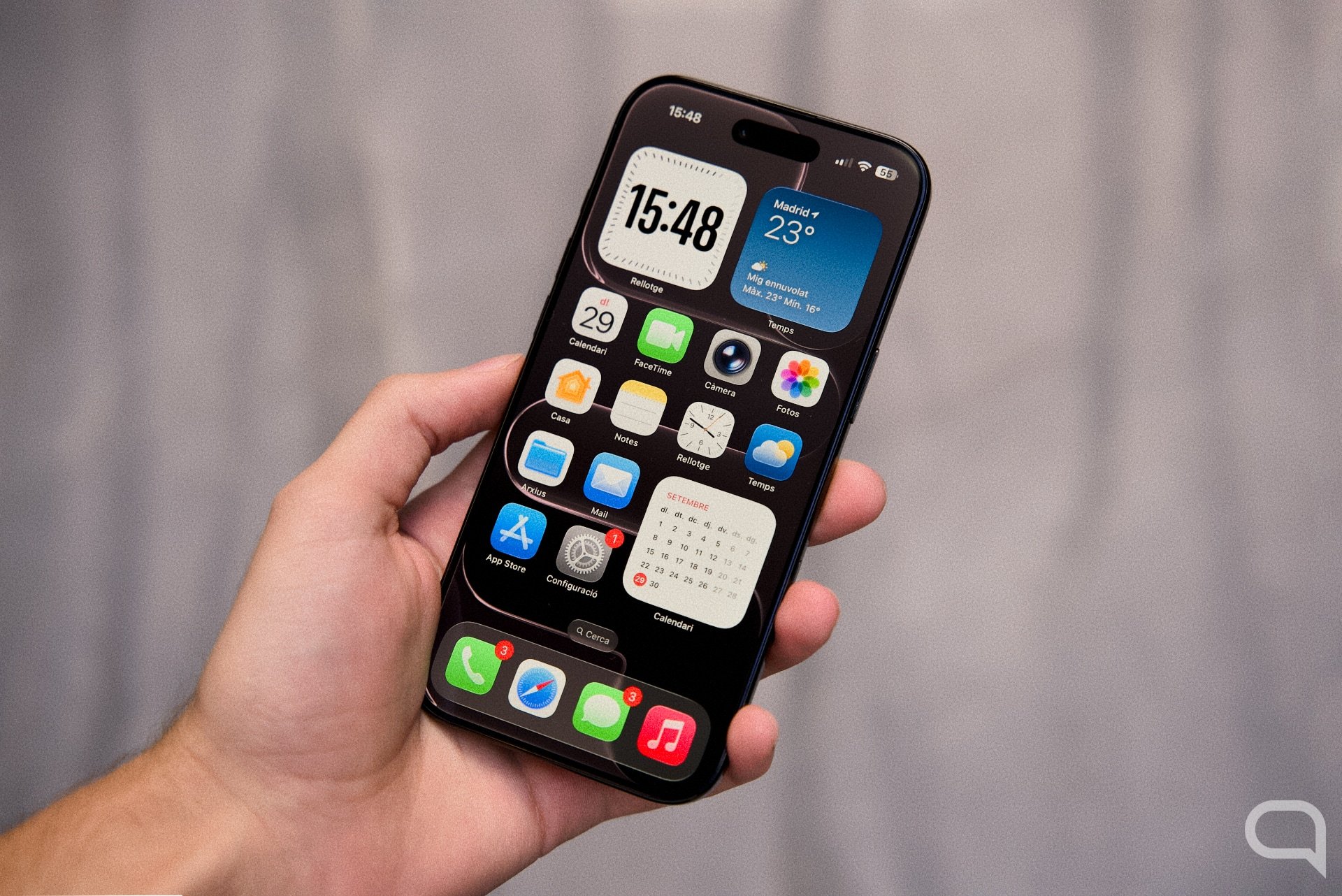Returning people to the Moon is just one of the tasks facing the program Artemis belonging POT. The US space agency is aiming to implement very ambitious projects where astronauts will have to explore the south pole of our natural satellite. That is why he ordered the development Lunar rover (LTV) autonomous car with advanced technology which you are going to use from the mission Artemis V.
NASA has confirmed the selection of three companies to advance the development of the Artemis lunar vehicle. The selected companies include Venturi Astrolab, Intuitive Machines and Lunar Outpost, which will compete for a more than lucrative contract. The LTV initiative is reported to last until 2039 and will have a maximum cost of $4.6 billion.
The above companies exceeded NASA’s initial request for proposals, which specified the technical, capability and safety requirements for the design, production and commissioning of the Artemis lunar vehicle. The next step will be a year-long feasibility study, during which builders will have to demonstrate that their versions of LTV can meet the agency’s requirements.
Once this prototype is completed, NASA will conduct a demonstration mission of the vehicle. This will mean not only continuing its development, but also sending it to the Moon for performance and safety testing. The North American agency clarified that it intends to award the contract for the demonstration to one company. This makes it seem like the competition to develop the best lunar vehicle for Artemis V will be fierce. Let us remind you that, if there are no failures, this mission will take place in 2029. So the first version of the rover should be ready in 2029. no more than 5 years.
What will the lunar vehicle look like for NASA’s Artemis missions?
We talk about the lunar vehicle for the Artemis mission It’s not a crazy idea. NASA already has experience using SUVs on the Moon. The Lunar Rover Vehicle (LRV), commonly known as the “moon buggy”, has become an icon of space exploration despite its short lifespan. Let us remember that it was used only in the last three missions of the Apollo program, in the early seventies.
However, plans for the new LTV are much more ambitious. According to specifications issued by a special US agency, the vehicle that will be used from Artemis 5 must be durable enough to transport astronauts in the inhospitable conditions of the moon’s south pole. In addition to people, the vehicle will have to transport scientific equipment and collected rock samples. But the story doesn’t end there.
NASA says Artemis lunar vehicle be autonomous and include advanced communication, navigation and energy management systems. When there are no astronauts on the Moon, the rover must be able to be controlled remotely from Earth. This will not only serve to carry out scientific tasks between each manned mission, but will also allow the manufacturer to use it for commercial purposes at times when the US agency does not need it.
Jacob Bleacher, NASA’s chief scientist, emphasized the importance of the craft. “We will use LTV to travel to places we otherwise could not reach on foot, increasing our ability to explore and make new scientific discoveries,” he explained.
If all goes well, Artemis V will introduce NASA’s new lunar vehicle. It will also be the first mission to use Jeff Bezos’ Blue Origin lunar lander. Let’s remember this Artemis IIwhich was supposed to launch this year was delayed until 2025, and Artemis III postponed to 2026. However Artemis IV And Artemis V maintained their target dates of 2028 and 2029, respectively.
Source: Hiper Textual















